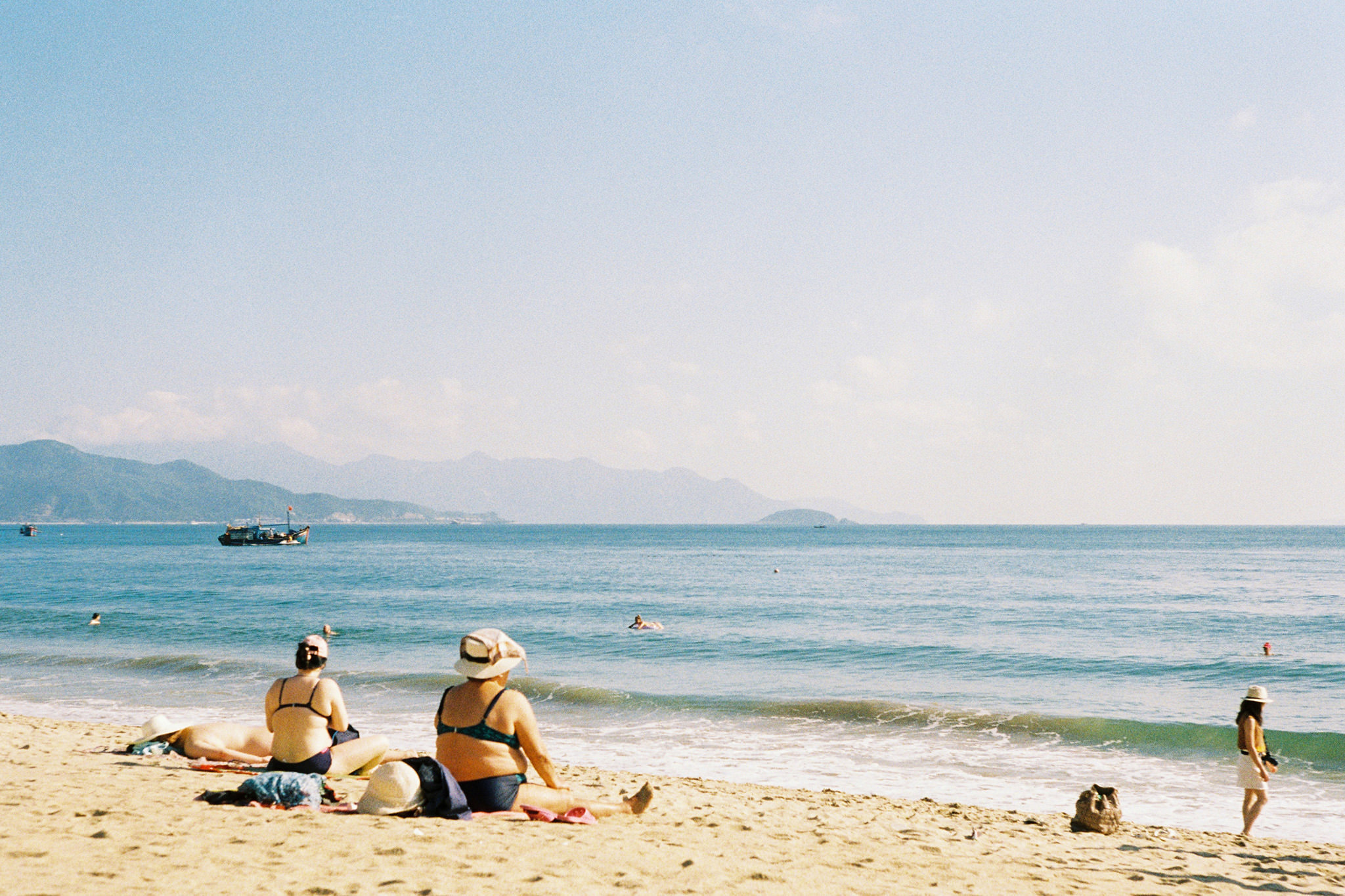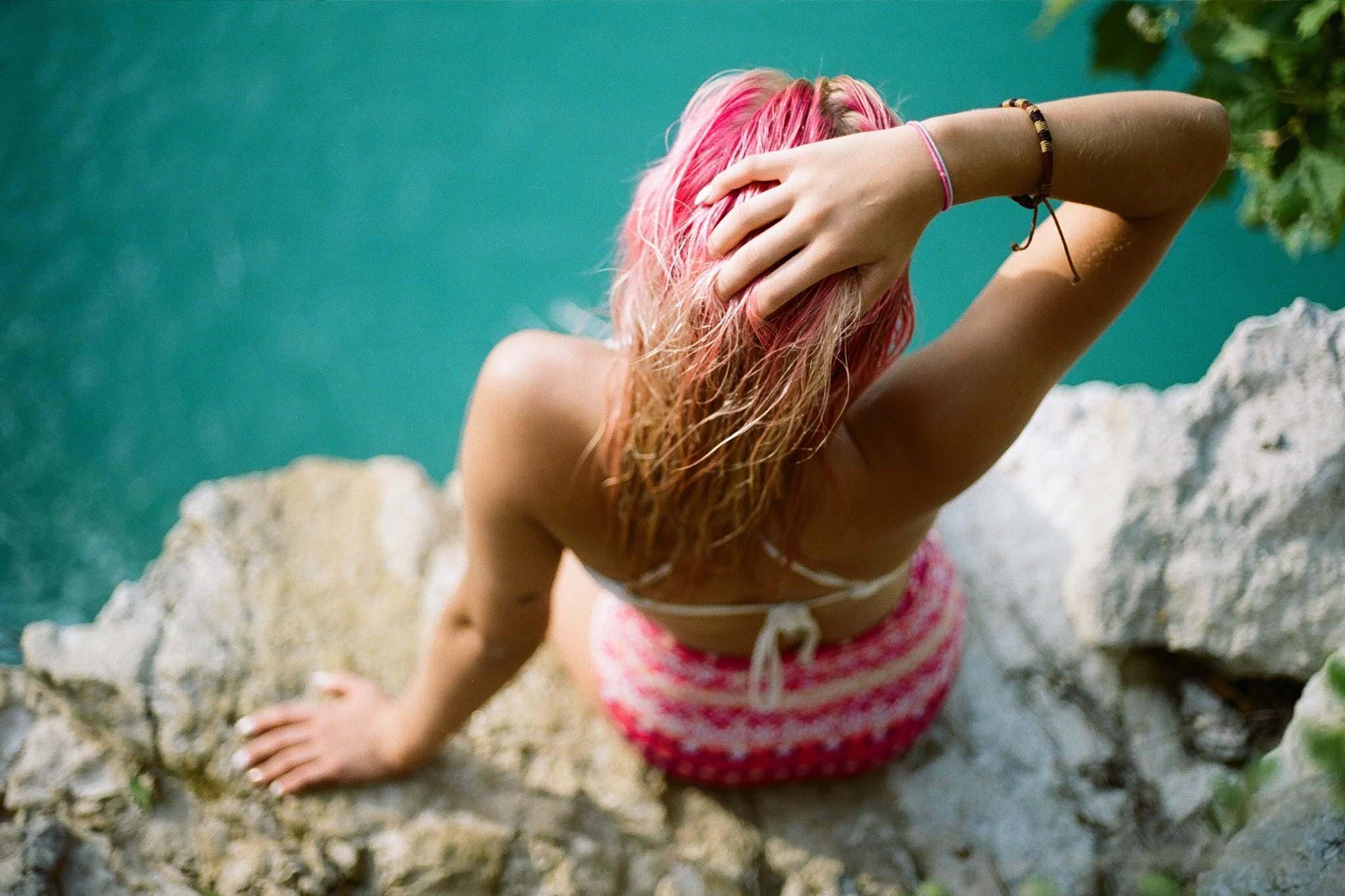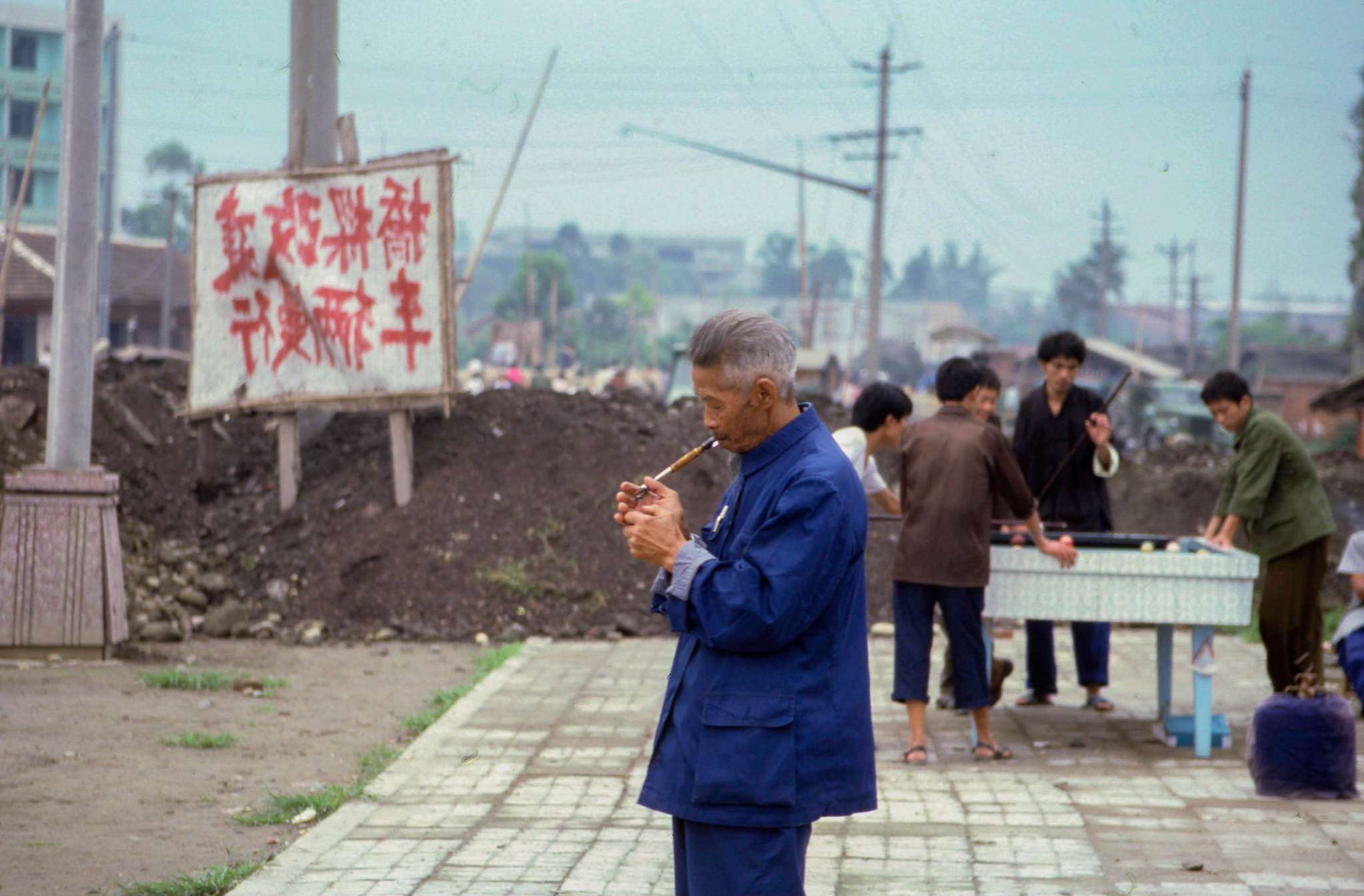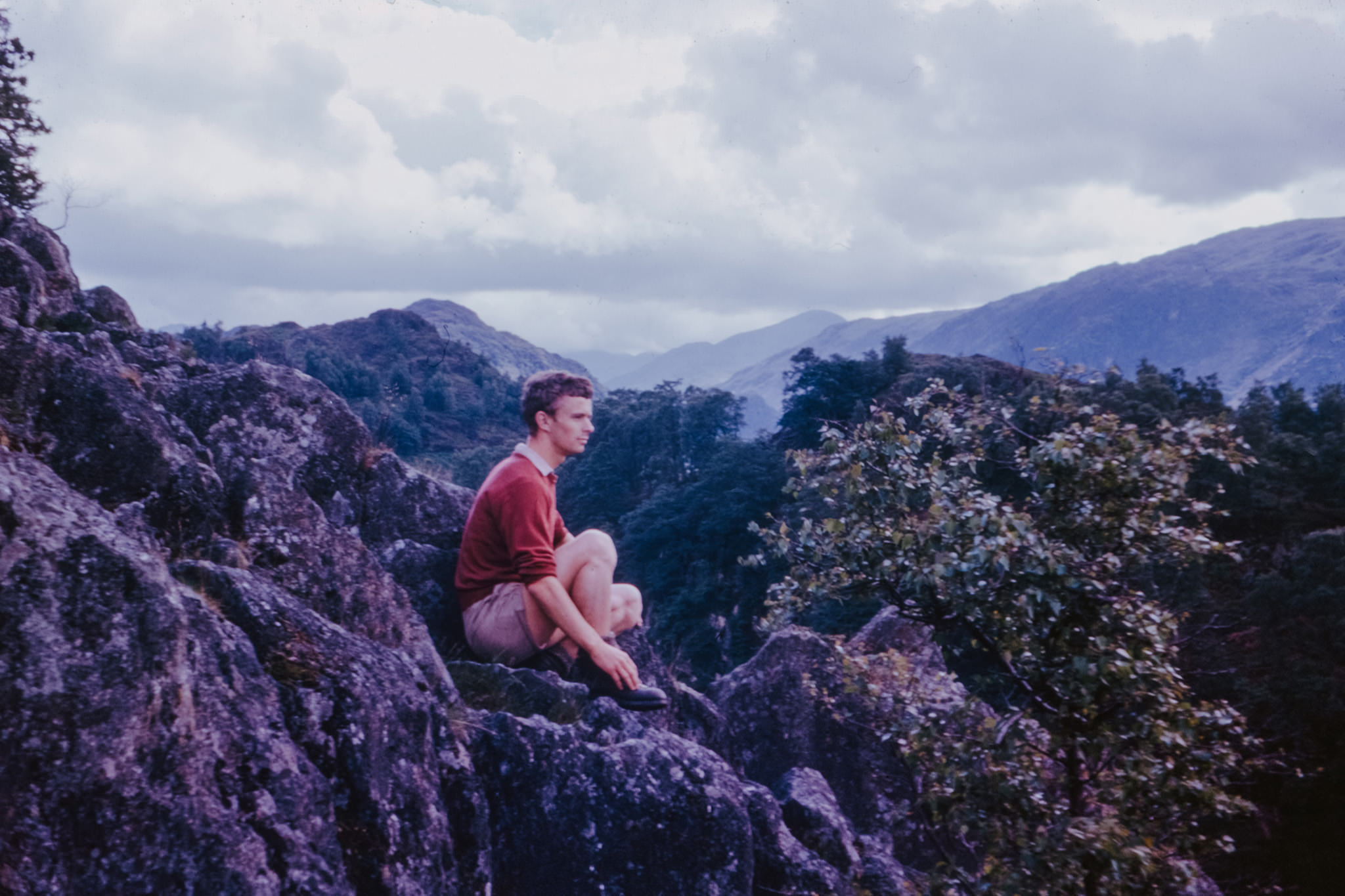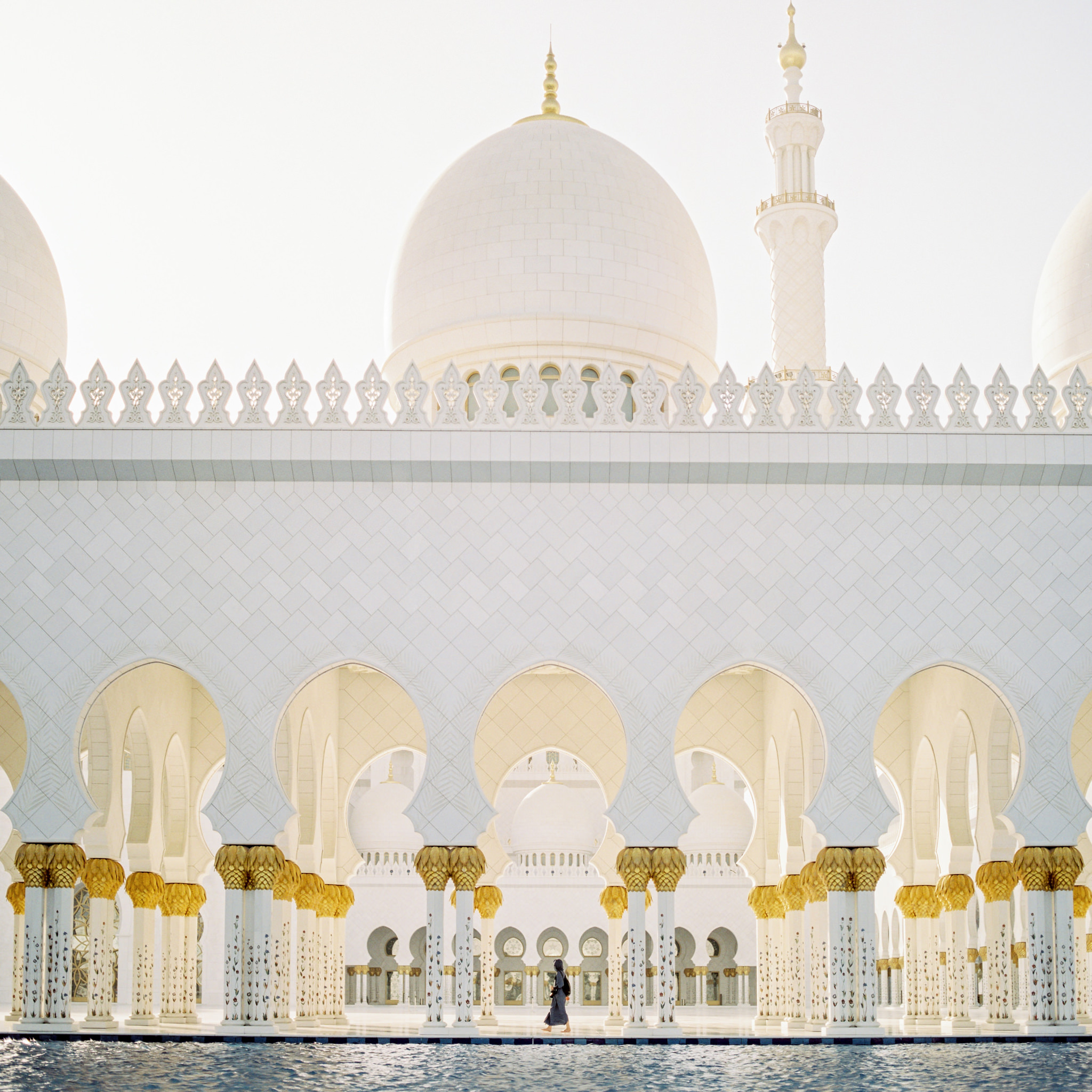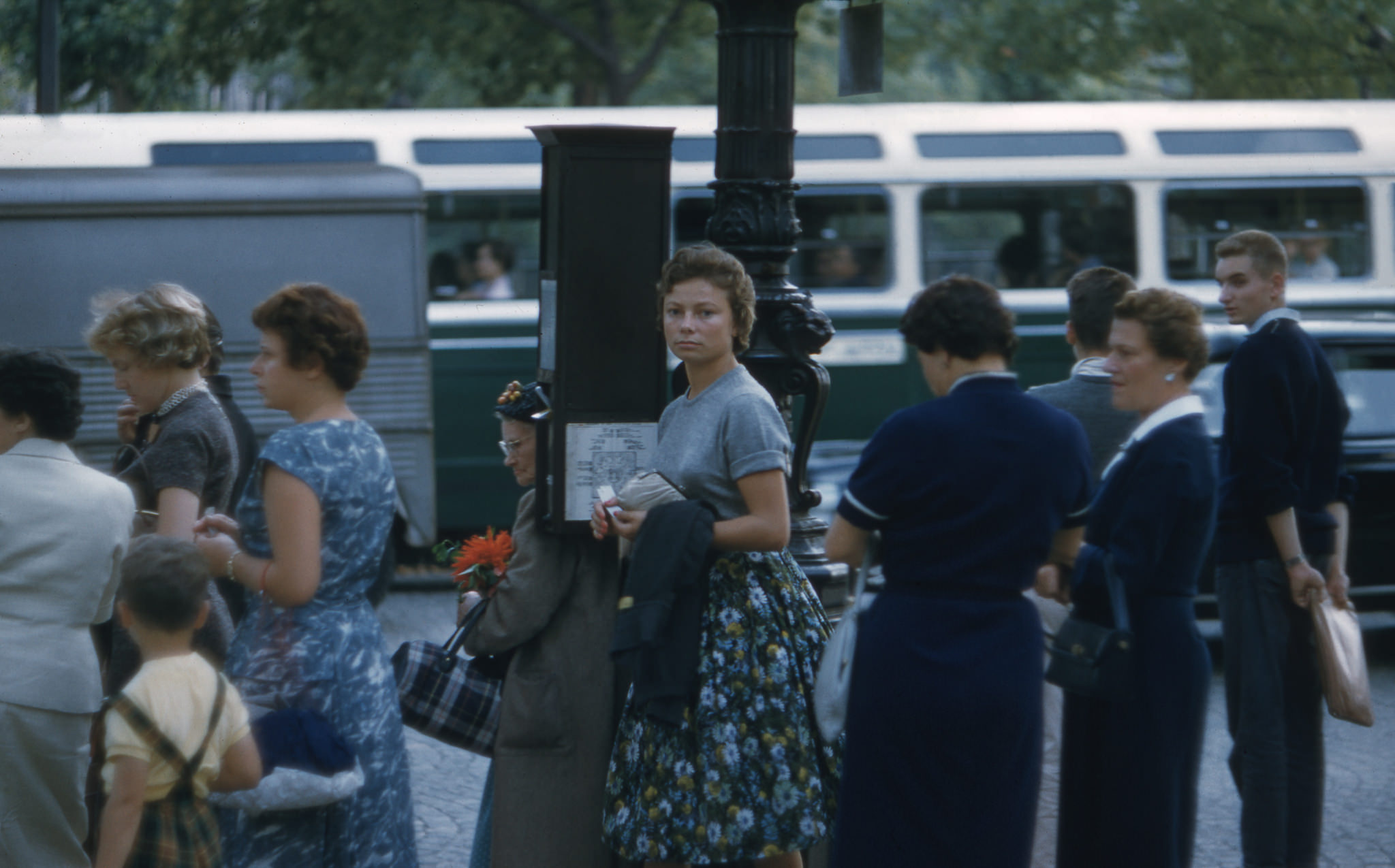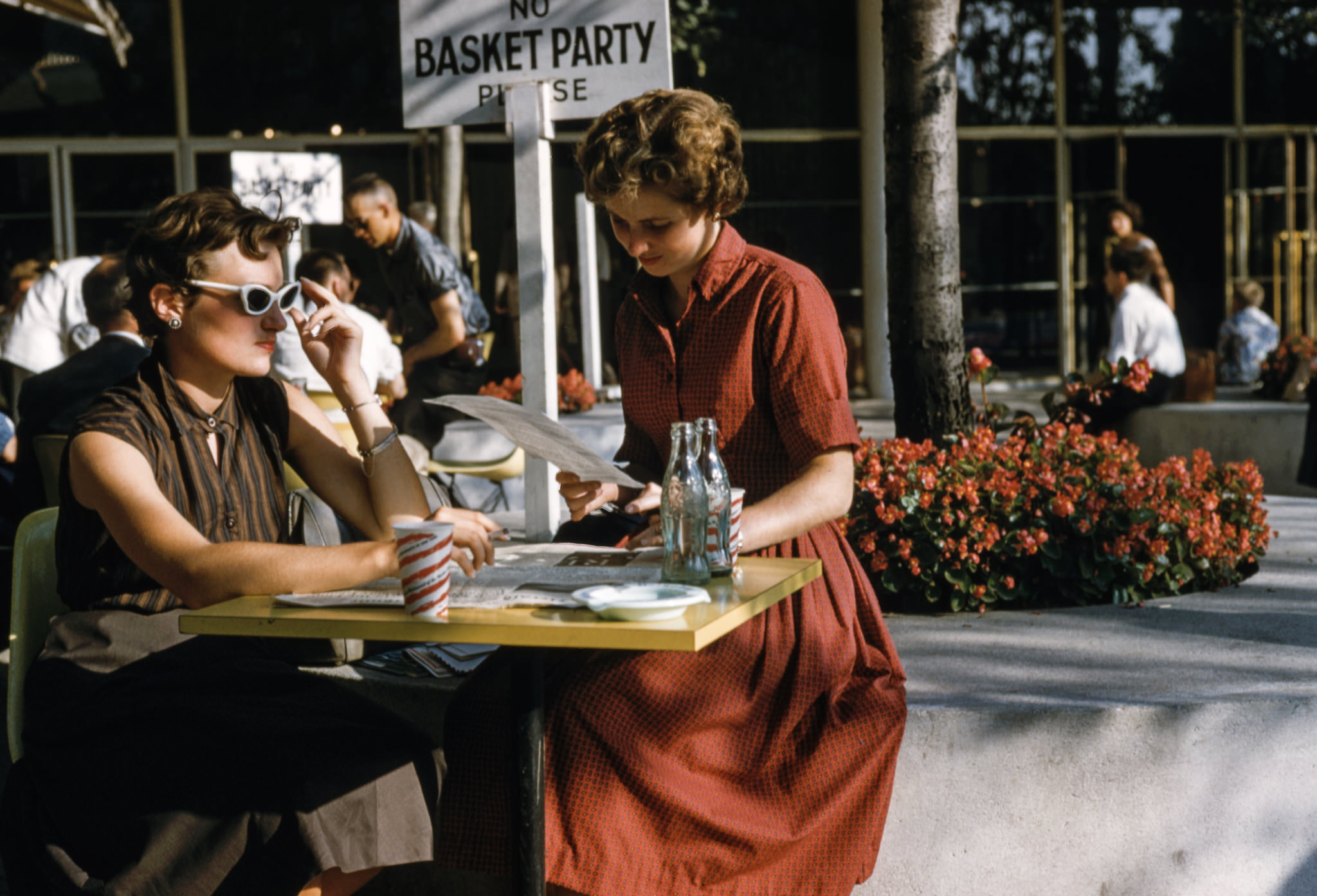Twelve tips for beginners
The advent of digital cameras divided photographers. In retrospect, total nonsense. Both segments have their advantages and disadvantages. Clearly, digital photography dominates, so it is all the nicer when photographers go back to analogue photography. What tips are there for beginners who want to start taking pictures on film?
Cheap camera and film
The first camera from Kodak was introduced in the 1880s. In the more than 140 years countless cameras were built. This fact benefits us today. You can choose from a wide range of cameras. So it is not difficult to find a suitable model for little money to get a taste of analogue photography. A 35mm camera can often be found for 1 Euro, sometimes even for free.
Of course you can also start with a medium format camera, but these are usually more expensive and also the price per frame is higher than for 35mm film.
The cheapest way to start is certainly a disposable camera. With this one you can play around without any obligations.
SLR with fixed focal length
A great introduction to analogue photography is a single lens reflex camera. Especially in Germany it is very easy to find a suitable model, because especially in the GDR many robust specimens were built. These can be found under the brands Praktica, Pentacon and partly also as Porst or Revue.
With an appropriate copy you can fill yourself directly back into the past. Add a fixed focal length, e.g. a 50 mm lens, and you have a wonderful combination for photography.
Depending on the model there is no light meter or an automatic exposure control. Adjusting aperture, exposure time and focus yourself can be a bit overwhelming in the beginning, but you have full control and learn an incredible amount.
fixed focal length instead of zoom
Why no zoom? Fixed focal length lenses offer a wider aperture and provide better quality for your money. They are easy to use, especially when you do everything manually, and you are more focused on the subject. If you do need to zoom, just take a few steps closer to your subject.
Newer film cameras often have a built-in light meter, but older models often do not have one or do not have suitable batteries. Therefore it is advisable to buy an external light meter. This can be a dedicated device or an app on your smartphone. Not only can the correct exposure always be checked, but over time you will also learn to estimate it. Films behave differently to sensors during exposure. One difference is that as a rule, films should be overexposed rather than underexposed. Photography on film can be full of coincidences and surprises. An unintentional light leak (light falling on the film unintentionally) or a mishap in the darkroom can breathe new life into a boring picture. If you are the victim of such a lucky accident, remember what it was and try to replicate it if you like the result. At some point it probably happens to every photographer, you want to put a new film in the camera and realize with a shock that there is still a roll in the housing. In order to prevent this a little, it is advisable to always attach a note or a sticker to the camera after having inserted a film. Moreover, in case of important images, it is better to shoot the roll full than to leave the film in the camera forever. Fortunately, there is still a wide range of different films on offer today. Different colours, black and white, grain, contrasts etc. To find your favourite, the easiest thing is to try as many as possible. No one would drink milk that’s four years old. The best before date of films, on the other hand, should not be taken too seriously. On the contrary, expired film material can sometimes create great pictures. Nevertheless, one should be partly careful, specially if the film is already really very old. If you develop your films yourself, this is often cheaper and you have full control over the process. The process is usually not too difficult. For the development of black and white films, one needs a developing tank, a measuring cup, a thermometer as also developer, fixer and water. The effort is worthwhile at the latest when you hang up the film strip and see your pictures. Photography can be very complicated, especially if you have a particular image in your mind that you want to create. Especially with analogue photography there are many parameters to think about. Nevertheless, there is always room to experiment and try things out. Just do it and have fun. This is probably the most important tip.Expose to the shadows
Enjoy film accidents
Never open the camera until the film is rewound
Try out different film material
Do not throw away expired films
Develop films yourself
Have fun

